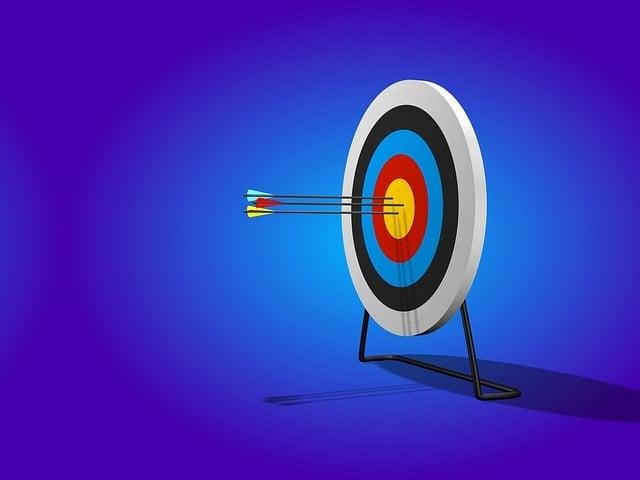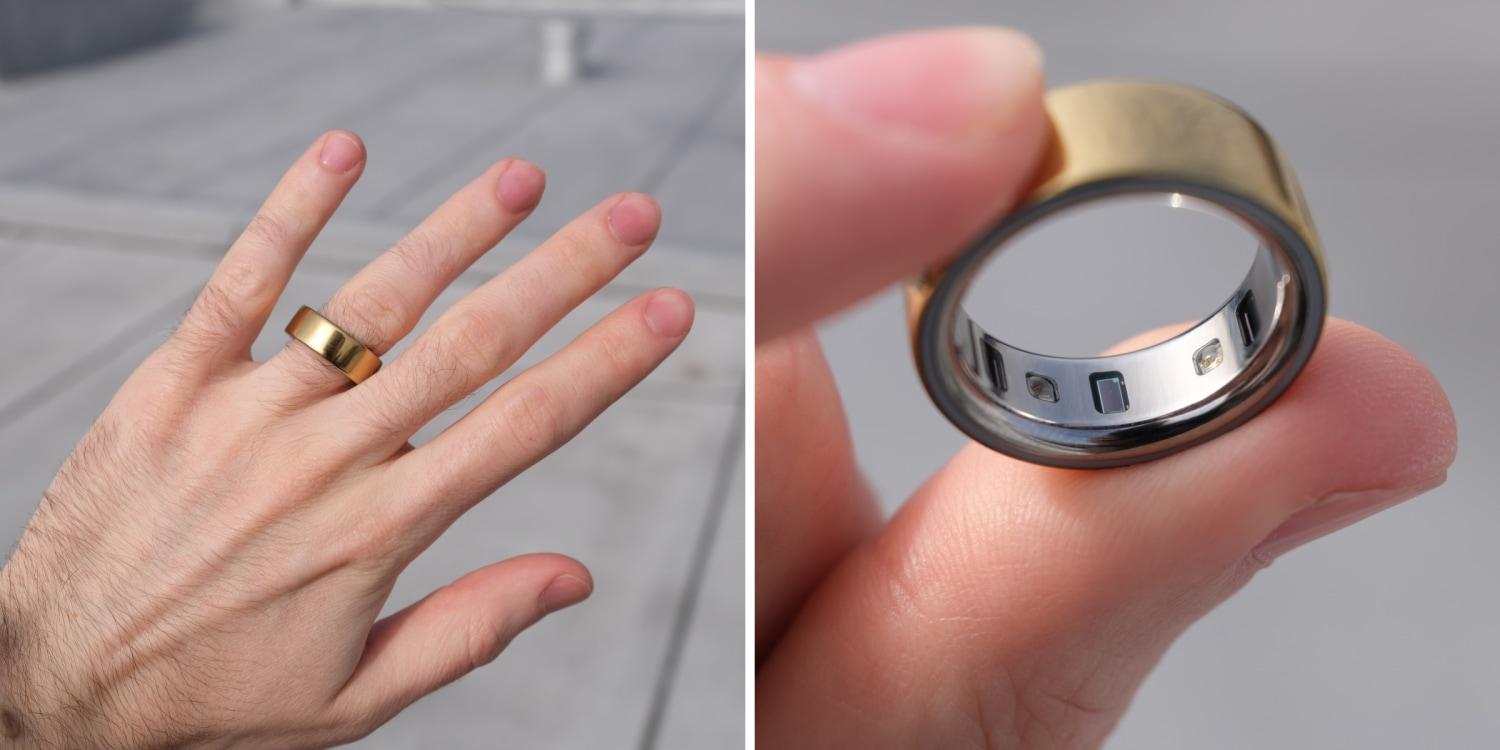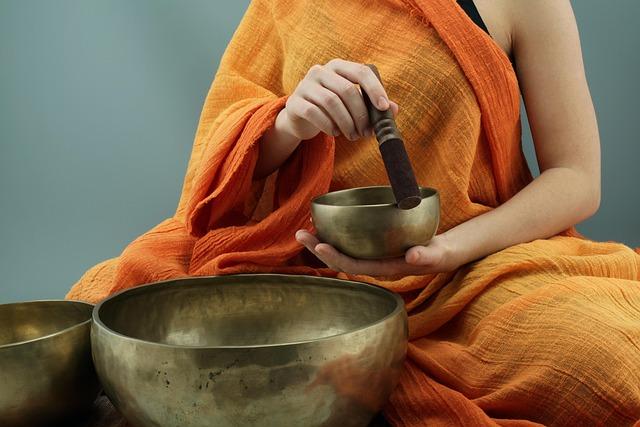In an age where personal health data is increasingly at our fingertips, the quest for the ultimate recovery tracker has become a journey for many fitness enthusiasts and wellness advocates alike. Among the frontrunners in this burgeoning field are the Oura Ring and the Whoop Strap—two wearable devices that promise insights into our recovery, sleep patterns, and overall well-being. But how do they stack up against each other? In this article, we delve into a head-to-head comparison, exploring the accuracy, features, and user experiences of each device. By dissecting the nuances of these innovative trackers, we aim to help you make an informed choice, whether you’re a dedicated athlete looking to optimize performance or simply someone seeking a deeper understanding of your health. Join us as we explore the intricacies of recovery tracking and unveil which device reigns supreme in the battle of Oura Ring versus Whoop Strap.
Comparing Technological Innovations in Sleep and Recovery Metrics
When it comes to evaluating sleep and recovery metrics, both the Oura Ring and Whoop Strap have leveraged cutting-edge technology to offer insights into your well-being. These devices operate on different principles, which can impact the accuracy of their measurements. The Oura Ring focuses on a holistic approach, integrating various health metrics through its advanced sensors. It provides data on sleep stages, heart rate variability (HRV), and body temperature deviations, making it a versatile tool for tracking overall health. On the other hand, the Whoop Strap immerses itself deeply in the sleep recovery domain, prioritizing strain and recovery ratios, which may appeal more to athletes and fitness enthusiasts.
To further illustrate their differences, here’s a comparison of key features:
| Feature | Oura Ring | Whoop Strap |
|---|---|---|
| Sleep Monitoring | Detailed breakdown of sleep stages | Focuses on sleep efficiency and recovery |
| Heart Rate Variability | Tracks HRV for readiness insights | Continuous HRV monitoring for recovery |
| Battery Life | 5-7 days | 5 days |
| Usability | Sleek design, suitable for daily wear | Fitness-focused, meant to be worn continuously |
Ultimately, the choice between these two devices hinges on personal preferences and specific goals. If you seek a fashionable accessory that provides comprehensive health data, the Oura Ring may be your best bet. However, if your priority lies in optimizing athletic performance and recovery metrics, the Whoop Strap might serve you better with its in-depth insights tailored for rigorous training routines. Understanding these distinctions can guide users in selecting the tracker that aligns with their lifestyle and wellness objectives.

Understanding Accuracy: A Deep Dive into Data Integrity
When evaluating recovery trackers such as the Oura Ring and the Whoop Strap, understanding the nuances of data accuracy becomes paramount. Both devices employ advanced sensor technology and algorithms to analyze physiological metrics, yet their methodologies differ significantly. The Oura Ring primarily focuses on sleep quality and readiness metrics, utilizing infrared sensors to monitor heart rate variability and body temperature. In contrast, the Whoop Strap offers continuous heart rate monitoring along with strain and recovery metrics, relying on optical sensors that assess blood flow. While both devices provide valuable insights into personal health and recovery, their data accuracy can vary based on the context of use and the specific parameters being measured.
To further illustrate their differences in accuracy, consider the following key metrics and their reported precision rates:
| Metric | Oura Ring Accuracy | Whoop Strap Accuracy |
|---|---|---|
| Heart Rate | ±2 bpm | ±1 bpm |
| Sleep Tracking | 85% consistent | 80% consistent |
| Recovery Metrics | High reliability | Very high reliability |
While both devices excel in different areas, individuals looking for precise heart rate tracking may find the Whoop Strap to have a slight edge. In contrast, those prioritizing sleep and daytime readiness might appreciate the Oura Ring’s unique insights into their recovery patterns. Understanding these intricacies will empower users to choose the tracker that aligns best with their personal health goals and lifestyle needs.

User Experience and Comfort: Which Tracker Fits Your Lifestyle?
When considering a recovery tracker, user experience and comfort play pivotal roles, influencing how seamlessly these devices integrate into your daily routine. The Oura Ring stands out for its sleek and discreet design, resembling a piece of jewelry rather than a traditional fitness tracker. Its small size means it can be worn on any finger without becoming intrusive. Many users appreciate its lightweight feel, which makes it easy to forget it’s there during the day or night. Conversely, the Whoop Strap, with its adjustable band, offers a more robust option for those who prefer a sportier aesthetic. Its durable material and breathable fabric lend themselves well to high-intensity workouts, yet some users find the bulkier design less comfortable for extended wear, especially during sleep.
Ultimately, the choice between these trackers may hinge on personal lifestyle and specific needs. Consider factors such as:
- Daily activities: Will you use the tracker during workouts or more casual settings?
- Sleeping preferences: Do you need a device that stays comfortable overnight?
- Fashion sense: Are you looking for something that complements your style or goes unnoticed?
Comparing features can also help narrow down your options:
| Feature | Oura Ring | Whoop Strap |
|---|---|---|
| Design | Sleek and minimalistic | Sporty and durable |
| Comfort for Sleep | Highly comfortable | Moderate comfort |
| Fitness Tracking | Basic metrics | In-depth analysis |
These points illustrate how each device can cater to different preferences and lifestyles, assisting you in making an informed choice that enhances your recovery and overall wellbeing.

Recommendations for Choosing the Right Recovery Tool for You
When selecting a recovery tool, consider how it integrates into your daily life and fitness regimen. Here are some key factors to evaluate:
- Data Accuracy: Look for user reviews and expert opinions on the accuracy of metrics like heart rate variability, sleep tracking, and overall recovery scores.
- User Experience: Assess the interface and ease of use of the app and device. A tool that’s intuitive will keep you motivated to engage with it regularly.
- Features: Think about what features are most important for you. Some users may prioritize sleep insights, while others might focus on workout recovery.
- Price Point: Budget can greatly influence your choice. Compare costs not just for the initial purchase but also for any recurring subscriptions for accessing premium features.
Additionally, reviewing compatibility with other fitness apps and devices can enhance your experience. Consider how the recovery tool syncs with your existing workflow and whether it fits seamlessly into your lifestyle. A comparison table can help visualize the differences:
| Feature | Oura Ring | Whoop Strap |
|---|---|---|
| Sleep Tracking | Advanced sleep analysis | Sleep performance insights |
| Heart Rate Variability | Measures during sleep and activity | Real-time monitoring |
| Subscription Model | No subscription | Monthly subscription required |
| Battery Life | Up to 7 days | Up to 5 days |
Wrapping Up
As we wrap up our exploration of the Oura Ring and the Whoop Strap, it’s clear that both devices bring unique strengths to the table in the realm of recovery tracking. Whether you lean towards the sleek elegance of the Oura Ring or the data-driven insights offered by the Whoop Strap, the ultimate choice hinges on your personal preferences and lifestyle. Each tracker provides valuable metrics to help optimize your recovery and enhance your overall well-being.
Ultimately, accuracy may come down to how you define success in your recovery journey—be it through sleep quality, heart rate variability, or readiness scores. As technology continues to evolve, so too will the tools we use to harmonize our health and performance. Armed with the insights from this comparison, you are now better equipped to make an informed decision that fits your needs. May your choice empower you on your path to rejuvenation and vitality, whatever ring or strap you choose to wear. Happy tracking!
